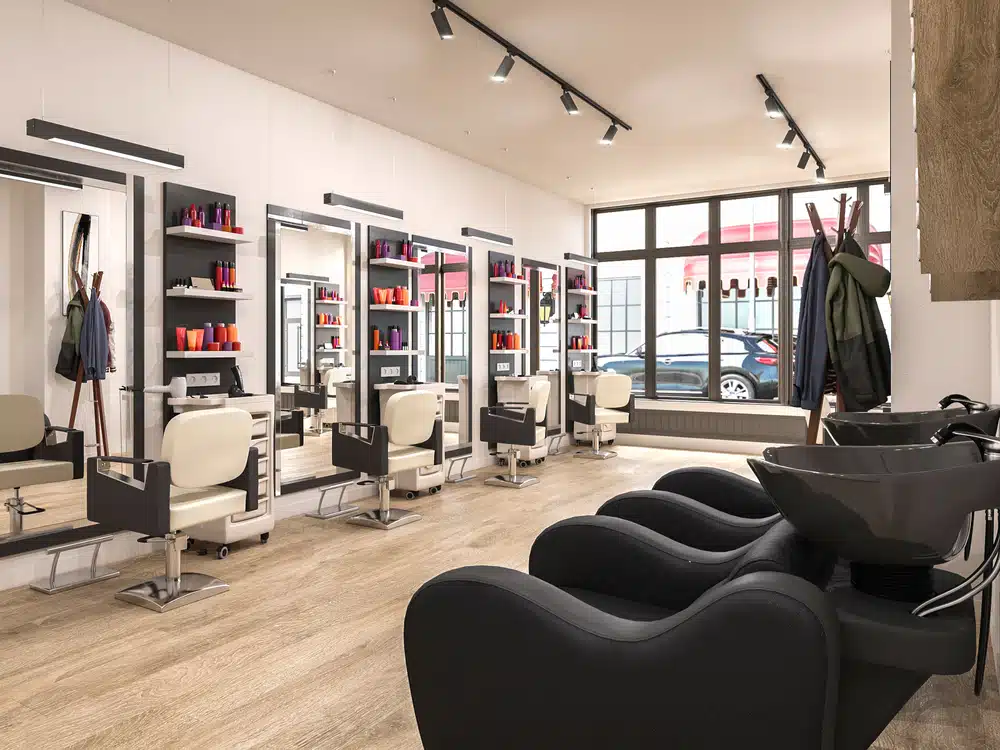 Hairdressing sector trends in the UK is a vibrant and fast-paced industry that is constantly evolving. In recent years, there has been a move away from traditional salons and towards more modern, boutique-style establishments. This trend has been driven by a desire for more personalised service and a growing focus on health and wellbeing.
Hairdressing sector trends in the UK is a vibrant and fast-paced industry that is constantly evolving. In recent years, there has been a move away from traditional salons and towards more modern, boutique-style establishments. This trend has been driven by a desire for more personalised service and a growing focus on health and wellbeing.
As a result, many hairdressers are now offering treatments such as scalp massages and reflexology, as well as hair cut and colour services. There has also been an increase in the number of mobile hairdressers, who are able to offer a convenient and flexible service to busy customers. These trends show that the hairdressing sector is one that is constantly evolving to meet the needs of its customers
Hair salon dressing industry trends
2023 is shaping up to be an exciting year for the hairdressing sector! Here are three trends that are set to take off:
1. Natural ingredients: Consumers are increasingly interested in using products that are free from harsh chemicals and artificial ingredients. As a result, we’re seeing a trend towards hair care products that contain natural ingredients such as herbs, essential oils and plant extracts.
2. Eco-friendly packaging: With more people becoming conscious of the impact of plastic on the environment, there’s a growing demand for eco-friendly packaging options. In response, many brands are now offering hair care products in recyclable or biodegradable packaging.
3. Customisable colours: We’re all unique, so why should our hair colour be any different? Thanks to advances in technology, it’s now possible to create customised hair colours that are totally unique to each individual. This trend is set to continue in 2023 as more people express their individuality through their haircolour.
The possibility of mandatory registration
Hair stylists who meet the entry requirements can register with the Hairdressing Council under the Hairdressers (Registration) Act of the mid-1960s. According to research, more hairdressers are choosing to register. Hairdressers will likely have to register in the future if the Council continues to push for mandatory registration.
Raised standards
Many hair salons have been forced to raise their standards and find other ways to attract customers as the range of hair products for home use has grown larger and more sophisticated. Nail and beauty treatments are now available in salons alongside hairstyling in an increasing number.
Financial performance of the sector
Since people had more money to spend on non-essentials during the 2000s, the hairdressing sector benefitted. Despite the strong competition in this sector, prices at the lower end of the market remained low. Even though many people tightened their belts in the late 2000s, demand for hairdressing remained fairly strong. The hairdressing industry was somewhat resilient despite the economic downturn in the 2010s, although customers did reduce their spending on expensive treatments and wait longer between appointments. Hair and beauty spending increased again as consumer confidence returned after 2013.
While treatment prices remained low in 2015 and 2016, the hairdressing sector saw an increase in customer visits. The average customer spend increased as a result. The internet is still a great place to find deals and promotions, despite the fact that customers are still price sensitive.
Keeping up to date with developments
In the fashion industry, it’s crucial to keep up with the latest trends. You can keep up with new developments by joining a trade association.
As the representative of the hairdressing industry, the National Hairdressers’ Federation (NHF) exists. In addition to Salon Focus, NHF members receive a range of other benefits. Hair stylists and barbers can also find start-up guides from the NHF. For more information, please visit the NHF website.
On the Hairdressing Council website, back issues of the Hairdresser magazine are available to registered hairdressers.
In addition to news, training opportunities, legal issues within the hairdressing sector, statistics, and industry reports, Habia – the standards setting body for the hairdressing and beauty industries – publishes a number of useful publications.
Keeping up to date with developments and sector trends in the industry can be achieved by reading trade journals such as Hairdressers Journal. You can keep up with industry developments and fashion trends by visiting the Hairdressers Journal Interactive website for subscription details and industry news.
Read more: Funding for hair salon business
Lee Jones is a seasoned Business Finance Specialist with over two decades of invaluable experience in the financial sector. With a keen eye for market trends and a passion for helping businesses thrive, Lee has become a trusted advisor to countless organizations seeking to navigate the complexities of finance.


